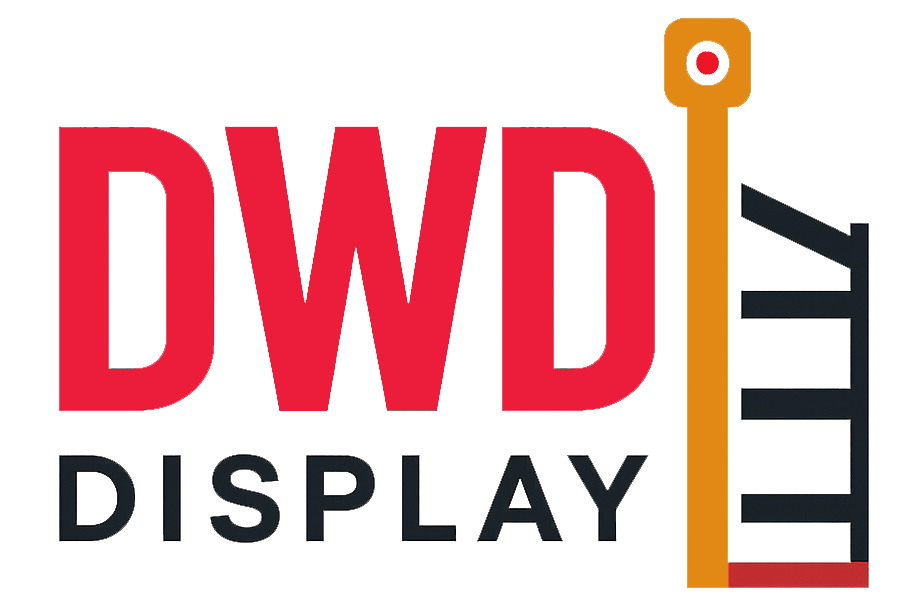At DWD Display, Bamboo is an increasingly popular eco-friendly material in the POP (Point-of-Purchase) display industry. Here's a full breakdown of bamboo materials used and why they are valuable in display manufacturing:
✅ Why Use Bamboo in POP Displays?
Sustainable & Fast-growing: Bamboo is a renewable resource with a rapid growth cycle (3–5 years).
Strong & Durable: Comparable to hardwood in strength.
Eco-Friendly Appeal: Brands using bamboo can emphasize their commitment to sustainability.
Unique Aesthetic: Offers a natural, modern, or Asian-inspired look.
Lightweight but Solid: Easier to transport than some hardwoods or metals.
🟢 Common Bamboo Materials Used:
1. Bamboo Plywood (Laminated Bamboo Board)
Sheets of bamboo laminated together
Can be used for shelving, back panels, side panels, base structure
Comes in vertical grain, horizontal grain, or strand woven
Can be laser-cut or CNC-milled
Often used for signage and structural components
2. Bamboo Veneer
Thin bamboo layer used on MDF, plywood, or other substrates
Offers bamboo appearance at lower cost
Used on visible display surfaces or signage
3. Bamboo Poles or Rods
Used as decorative elements or support poles
Adds a natural and raw look to POP displays (especially for organic or eco brands)
4. Woven Bamboo Panels
Flexible, breathable material
Great for background panels or baskets in display racks
Often used in natural cosmetic or handmade goods retail environments
5. Strand Woven Bamboo
Extremely dense and strong
Suitable for high-traffic displays
Used where durability and load-bearing are required
Bamboo vs. Wood vs. Metal


